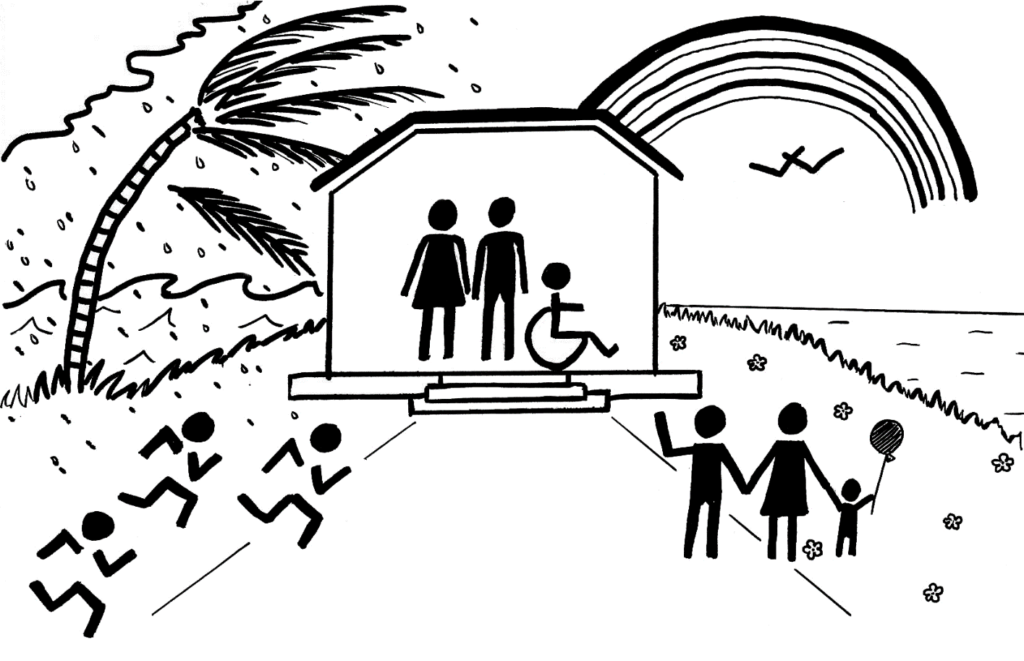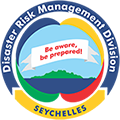
The Humanitarian Affairs Recovery and Enforcement (HARE) Unit, is amongst the 4 newly established unit of the Disaster Risk Management Division. The unit is responsible to;
- Develop guidelines on, and provide technical assistance to, the preparation of disaster risk management plans at national level with focus on humanitarian affairs and recovery.
- Collect, compile and process data and information that will contribute towards evidence base and practicable decision making for recovery, humanitarian response and enforcement
- Support and put in place appropriate measures to recover from the impact or negative effects of disaster
Amongst the many initiative of the HARE Unit, Shelter Management is one of high importance. Establishing shelters is one of DRMD’s many responsibilities under the Disaster Risk Management (DRM) Act, 2014. Part III – Disaster Risk and Emergency Management. Section 24. As well as facilitating the implementation of Functional Area III, Humanitarian Services Task 3.2 Shelter installation and Management of the National Integrated Emergency Management Plan (NIEMP) with the purpose of providing temporary shelters for the affected population whose homes are destroyed or damaged, or who have been vacated during an emergency, guaranteeing a sufficient number of shelters with appropriate health and safety conditions.
The term shelter is very broad, covering everything from a place we temporarily seek refuge from a storm, through to a tent, a hut, a public building or a house. Shelter refers to any physical space that may be inhabited by people made homeless by a disaster or conflict.
Emergency shelter can be defined as the short term/temporary shelter that provides lifesaving support, the most basic shelter support that can be provided before, during or immediately after a disaster. (Humanitarian Shelter Guidelines, Version 2, 2018).
HARE Unit is developing an Emergency Shelter Guideline, which aims to promote understanding of the function of emergency shelters, give guidance for the selection of premises available and suitable for the use as shelters, provide minimum standards to ensure people, families and most importantly the vulnerable population is protected, treated with dignity and properly cared for when occupying emergency shelters.
During a declaration of an emergency or an alert, or in the event or aftermath of an emergency or a disaster requiring shelters, the Ministry of Local Government and Community Affairs (MLGCA) and the Disaster Risk Management Division (DRMD) will collaborate to establish emergency shelters that will be sited in close proximity to the community they are intended to serve and will be staffed as much as possible by personnel living in the area. Facilities provided at these centres should meet the minimum requirements to provide food, drink, sleeping and sanitation facilities. The premises selected as emergency shelters should be structurally sound with adequate space, good internal facilities and protected from localized hazards.





